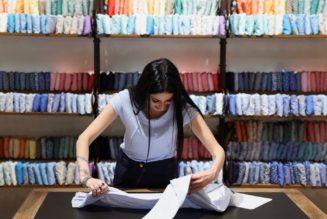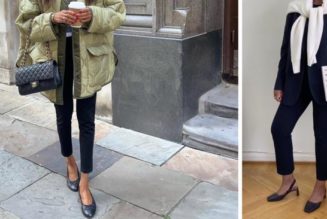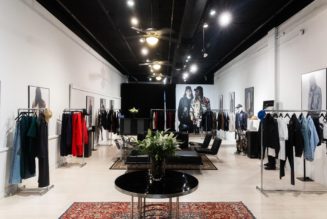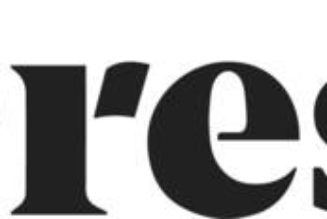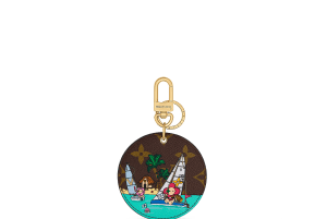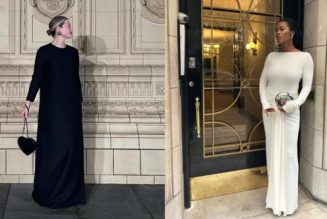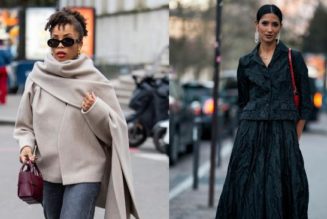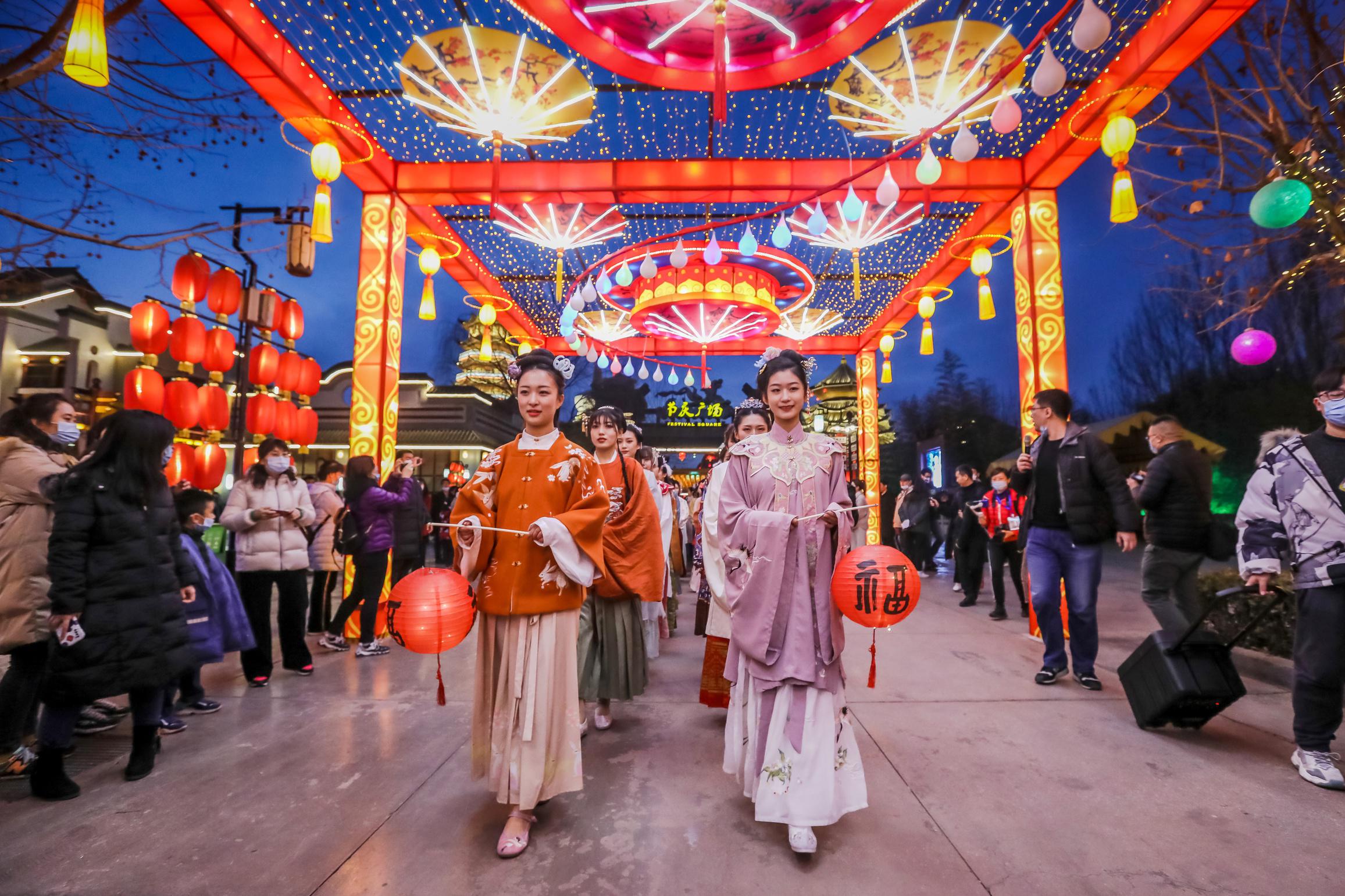
The personal luxury goods market boomed in 2022, reaching an unprecedented $383 billion, up 26% from 2019 and 22% from 2021 at current exchange rates, according to Bain-Altagamma Luxury Study.
Much of the growth came from its two largest markets, The Americas ($123 billion and up 25%) and Europe ($102 billion, up 27%).
However, China, the luxury market’s primary driver of growth over the past decade, sat on the sidelines. In 2022, personal luxury sales were down 1% reaching $64 billion. Government lockdowns continue to plague the Chinese consumer market, and its share of the global luxury market dropped from 21% in 2021 to 17% in 2022.
Yet Bain remains confident that by 2030, China will lead the world, accounting for upwards of 25% share of the global personal luxury goods market, as the Americas retreat from 32% in 2022 to around 25% and Europe now at 27% losing a few share points as well.
In the near term, luxury brands are counting on Chinese New Year 2023 to reverse their fortunes. The celebrations started this past Saturday, January 22, and will culminate with the Lantern Festival on Sunday, February 5.
Effectively equivalent to the West’s December holiday celebrations, brands hope it unleashes a tremendous surge in spending that’s been kept under wraps the last three years.
But when China finally opens from its pandemic-enforced shutdown, luxury brands may confront a very different market than they knew before.
The challenge is hinted at in the Bain report and reinforced by findings from a new study by Deloitte: a growing taste for local luxury brands that reflect Chinese cultural traditions and rising national pride. It’s called Guochao.
Guochao Rising
Guochao means “national wave” and Bloomberg reports it’s a trend that young Chinese consumers, particularly the 270 million strong Gen Z cohort, are rapidly adopting.
“Meeting the demands of the young, nationalistic and exacting Gen Z will require an immense shift in how Western companies – who have bet that decades of demand for foreign goods will endure – do business in China and poses an unprecedented challenge to their market dominance,” it reports, as it headlines that this generation has the power to “make or break Western brands.”
Observing that Gen Z are China’s first truly consumer generation, trend forecaster Zak Dychtwald of Young China Group, said, “Similar to the Baby Boomers in the U.S., China’s Gen Z are redefining the country’s consumer economy and will continue to do so in every single life stage that they go through.”
To date, they, along with the Millennials born before them, have shown the greatest appetite for Western luxury brands, but that may change as local China brands rise to challenge the perception of greater quality and workmanship found in luxury imports.
“Made in China” has no stigma there as it may have in other parts of the world. Rather it is a badge of honor, and increasingly local brands are developing equally high-quality products made expressly for Chinese consumers.
Arnold Ma, a contributor to Jing Daily, warns that international brands have been “shying away from guochao” out of fear of repercussions, as Nike experienced after denouncing the use of cotton from the Xinjiang region over human rights violations.
This opened the door for local sportswear brands Anta Sports Products and Li Ning Co. to lean into Xinjiang cotton and grow their market share in 2021, reaching nearly 25% combined (16.2% Anta and 8.2% Li Ning) and rivaling Nike’s at 25.2% in 2021.
In another sign of weakening demand for imports, foreign brand sneaker sales dropped 24% and imported sportswear was down 33%, based on Bloomberg’s analysis of the top 100 brands on Tmall.
While sneakers and sportswear aren’t necessarily luxury, they could be a leading indicator of changes on the horizon for Western luxury brands.
Two Chinese Companies Break Into Luxury’s Global Top 10
In a just-completed global analysis of the top 100 largest luxury goods companies by Deloitte for 2021, China is now the headquarters to 11 of the leading luxury companies, including new entrants Lanvin Group and ICCF Group. That’s shy 23 companies from Italy and 14 from the U.S., but ahead of France and Switzerland with eight each.
Even more impressive is that two Chinese companies – Chow Tai Fook Jewellery Group and China National Gold Group – now rank in the world’s top ten and Loa Feng Ziang Co., at number 12, is within shooting distance of the top ten. Of even further note, Chow Tai Fook Jewellery posted the highest year-over-year growth among all top 100 companies, at 94%.
While all three leading Chinese companies compete in the jewelry segment, new arrivals Lanvin and ICCF Group participate in the clothing and footwear space.
“The emergence of two Chinese luxury brands into the top ten portends a lot about the changing idea of luxury,” said Karla Martin, Deloitte’s Global Fashion and Luxury co-leader. “Traditionally Chinese luxury consumers have been consuming from traditional luxury houses out of France and Italy, but indigenous China brands are beginning to creep up not just in jewelry but in beauty and fashion.”
Sensing the trend to favor Chinese designers, she sees Western brands’ loss to be China’s gain.
“We’re talking about billions of consumers who are increasingly affluent and have a deep desire for luxury goods. But historically they’ve looked outside their country for those goods,” she said and continued, “But with good local supply from designers that come from China specific to their cultural aesthetic and with fit that’s perfect, we could see billions of dollars sucked away from historically European-tradition luxury brands.”
Accumulating Cultural Capital
Luxury brands are distinguished by being huge value creators, but today, creating value in the traditional way, through exceptional quality, craftsmanship and service, is the price of entry, or what Daniel Langer, CEO of consultancy Équité and executive professor at Pepperdine University, calls mere “hygiene factors.”
“It’s not a significant value driver anymore,” he said. “The new savoir-faire in luxury is to create a reality in which clients feel high desirability because the brand can create cultural capital for them. Creating cultural capital means to be able to access, process and operationalize real-time information on trends, trending topics and client sentiment. And requires cultural empathy on a global scale.”
This is where local Chinese brands and designers have an edge. They are more than participants in the guochao zeitgeist, but creators of it, not outside observers. As such, they are uniquely positioned to create cultural capital for the rising wave of guochao -fueled consumers in ways no Western brand can.
“Cultural capital is earned every day, and its importance becomes critical for success. The ability to be a cultural actor, the ability to influence and inspire audiences, is becoming the driving force of value creation in a digitally-native world. This is a completely different skill set than before and very few brands master it,” he concludes.
